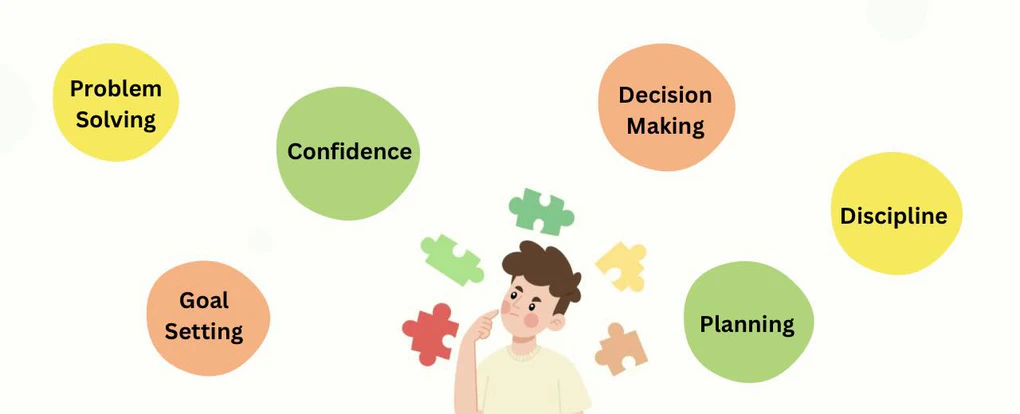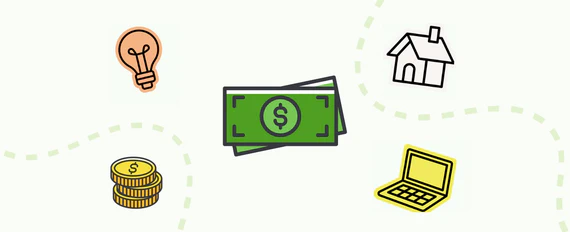
Money in Action: How Everyday Choices Help Students Learn About Money
When we think of financial education, we think: lessons, worksheets, or classroom discussions. However for students, …

Financial education for most of us means calculators, budgets, or a worksheet on saving. But here’s the truth: learning about money isn’t just about numbers! It’s about learning how to think.
For students aged 10–14, money is more than coins or cards. Its choices, habits, independence, and confidence, all being shaped in real time. And while everyday moments (like the ones we explore in Money in Action) help students put money skills into practice, the bigger impact is what’s happening underneath: mindset, confidence, and long term thinking.
Let’s break it down.
Learning to manage your own money, even just pocket money or birthday cash, gives you something powerful: Choice!
Should I spend it all now or save for something better? Do I want one big thing or a few small ones?
These little decisions are a big deal. They help students trust themselves, take ownership, and start thinking on their own terms.
Money questions are really life questions in disguise: Is this something I actually need? Can I wait? Is this a good deal?
Students who learn to ask these questions early are building strong judgment. And it doesn’t just show up in how they spend, it shapes how they plan, problem solve and make decisions in everyday life.
In a world of flashy ads, quick taps, and “buy now, pay later” buttons, it’s easy to get swept up in spending without even noticing.
But when students understand how money actually works, they start to ask different questions: Why am I being shown this ad? What’s really behind this offer? Do I even want this, or just feel like I should?
That’s not just smart financial thinking, that’s critical thinking, digital awareness, and self control all rolled into one.
Let’s be honest, not every lesson sticks when it’s written on a whiteboard. But overspending your lunch money and realising you’ve got nothing left for tomorrow? That sticks.
Financial literacy gives students a real world space to practise responsibility, where choices have outcomes, mistakes become lessons, and small wins feel earned. Hence building confidence, planning, and resilience, skills that will last a lifetime.
Because when students learn how to handle money, they’re not just managing cards or cash.They’re learning to think, choose, and take control of their world, one decision at a time.

When we think of financial education, we think: lessons, worksheets, or classroom discussions. However for students, …

Real Life, No Pressure Imagine this: You’re managing a budget, choosing between needs and wants, and maybe paying off a …